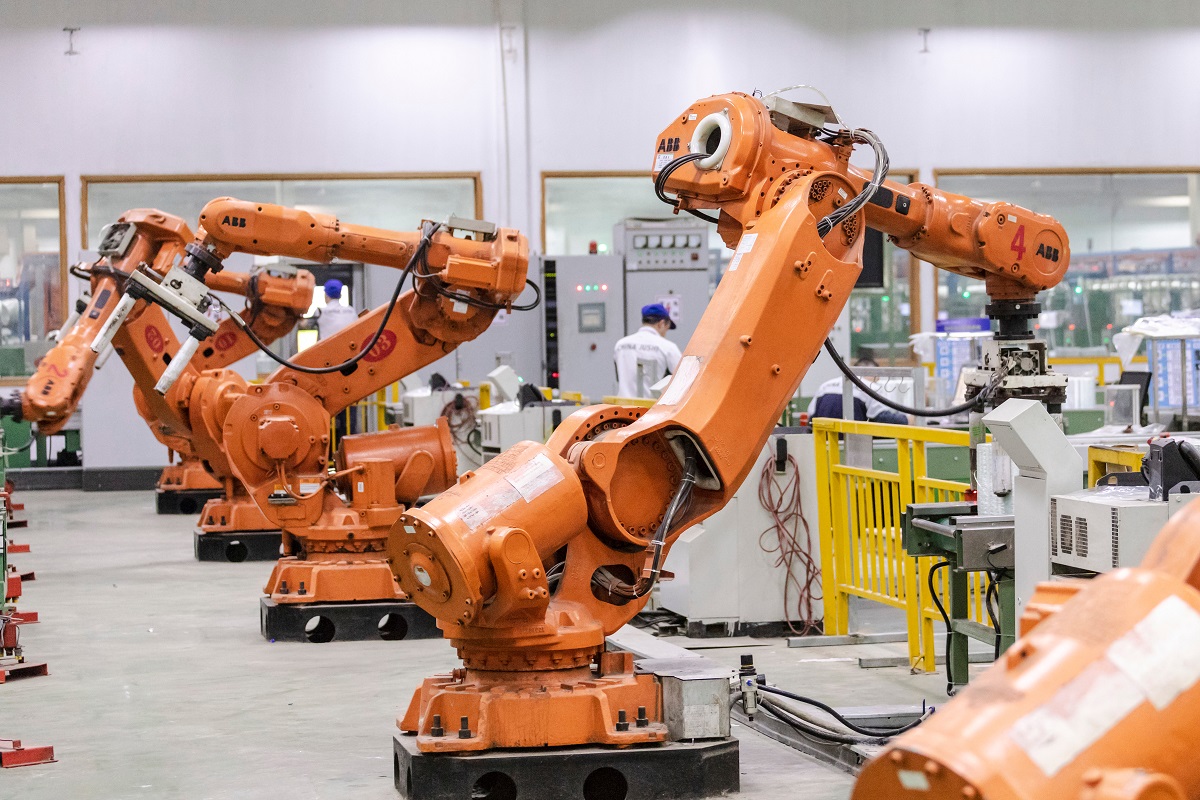The outlook for economies around the globe is clouded with fears of a recession and a period of slow growth. The shocks from rising inflation, monetary policy tightening, and the Russian invasion of Ukraine are weighing on Asia’s manufacturing activity, which has taken a hit during the last month.
Several Asian economies recently published their factory output data which showed contraction on the charts. Asia Composite PMI Output Index, compiled by IHS Markit, fell to a 10-month low of 51.2 in July, from 52.2 in June. “There were signs that growth could slow further in coming months. Inflows of new business rose at the weakest pace since last November, and employment expanded at the slowest rate so far this year. Expectations about future output came in at a seven-month low, albeit still positive,” IHS Markit said in a blog post.
Weakness in Asia manufacturing
While ample external factors are dragging down manufacturing activity in Asia, the slowdown in China is probably the biggest hurdle to the pace of production. The country’s National Bureau of Statistics last week said that the purchasing manager’s index (PMI) fell below the 50-mark to 49 in July, indicating a contraction in factory output. Another private survey also showed weakening factory production, largely due to Beijing’s zero-Covid policy.
The crisis in China’s real estate sector is also weighing on the overall economy, as the slowing housing market is impacting allied industries. China reported its slowest pace of growth after the initial Wuhan outbreak during the second quarter, and market experts see full-year GDP growth at 4%, lower than the Chinese government target of 5.5%.
China’s state-controlled media, Xinhua News Agency, said that Beijing needs to be “soberly aware that at present, the foundation of China’s economic recovery is still not sound, and it will take painstaking efforts to consolidate the momentum of improvement”.
The slowdown in China is also impacting the growth outlook for Asia. International Monetary Fund, in a recently published statement, said that economic growth in Asia-Pacific will decelerate to 4.2% this year, down 0.7% from its previous forecast and lower than the 6.5% growth the region posted in 2021.
South Korea’s export-oriented economy saw its trade deficit widen in July. The country’s factory activity slumped last month for the first time in two years, as rising inflation and supply chain woes reduced output and new orders. The S&P Global PMI fell to a seasonally adjusted 49.8 in July, down from 51.3 in June. This is the first time since September 2020 that South Korea’s manufacturing has contracted. Additionally, this was the fourth straight month when output fell.
Japan is dealing with a depreciating yen, which the central bank believes will aid exports and tourism. However, Japan’s manufacturing activity for the month of July grew at the slowest pace in 10 months. The au Jibun Bank Flash Japan Manufacturing Purchasing Managers’ Index slipped to a seasonally adjusted 52.2 in July, down from 52.7 in June. This is the first contraction in output in five months, and the first decline in overall new orders since last September.
Separately, the au Jibun Bank Flash Services PMI Index dropped to a seasonally adjusted 51.2 in July, down from June’s final of 54. The composite PMI dropped to 50.6 from a final of 53.0 in June.
Taiwan, the global hub for semiconductor manufacturing, saw the S&P Global Taiwan Manufacturing PMI drop to a 26-month low of 44.6 in July, indicating a contraction in output. This was the second straight month of contraction in the manufacturing sector, as output and new orders shrank at the fastest pace since May 2020. Weak customer demand and rising costs are weighing on the purchasing activity and inventories.
On the currencies front, the Japanese yen and South Korean won are at their lowest in over a decade. The Taiwan dollar also took a hit and fell to the psychological low of 30 against the US dollar for the first time in two years.
China, Japan, South Korea, and Taiwan are Asia’s manufacturing heroes, and a slump in the output indicates the slowing global demand even as central banks try to tame rising prices.
Outliers of slowing output
While major manufacturing and export-oriented economies have performed poorly, smaller countries in Southeast Asia are seeing substantial recovery. The S&P Global Malaysia Manufacturing PMI increased to 50.6 in July, up from 50.4 in June, expanding for the third straight month of expansion. Malaysia’s manufacturing saw the strongest rise in new orders in three months.
“Looking at the historical relationship between the PMI and official statistics, the latest reading signalled that industrial production is now increasing gradually after broadly stagnating throughout the first half of 2022, to hint at an encouraging start to economic growth in the third quarter,” said Chris Williamson, Chief Business Economist at S&P Global Market Intelligence.
Thailand saw its PMI rise by 1.7 to 52.4, the strongest performer in the region. The country has seen exponential growth in manufacturing over the past couple of years and the uncertainty in China may be pushing the country higher up on the priority list for producers.
Indonesia also saw substantial gains, as the PMI stood at 51.3 in July, a 1.1 increase over the previous month. The IMF in its report said, “The resilience of manufacturing and rebound in tourism is supporting a gradual rebound in Malaysia, Thailand and the Pacific island countries.”
However, the Philippines (50.8), Vietnam (51.2), Singapore (50.1) and Myanmar (46.5) saw declines in their PMI numbers. Myanmar was the only country with a score below 50, indicating a contraction in its factory output.










 Australia
Australia China
China India
India Indonesia
Indonesia Japan
Japan Malaysia
Malaysia Philippines
Philippines Singapore
Singapore South Korea
South Korea Taiwan
Taiwan Thailand
Thailand Vietnam
Vietnam
 Germany
Germany Hong Kong
Hong Kong Switzerland
Switzerland Singapore
Singapore
 United Kingdom
United Kingdom








